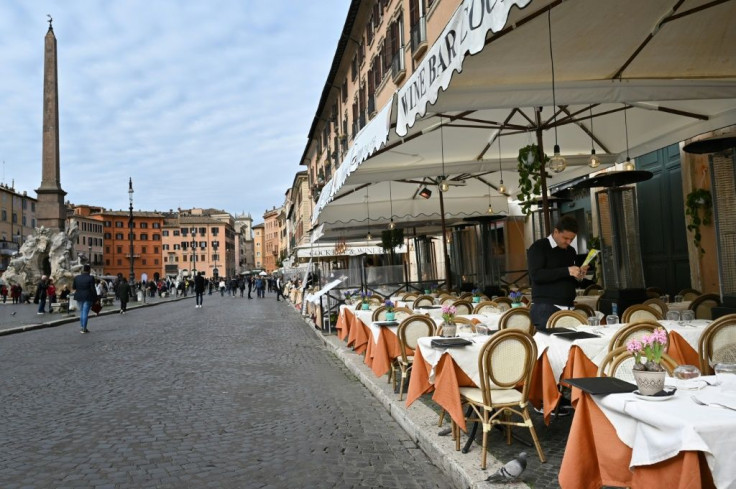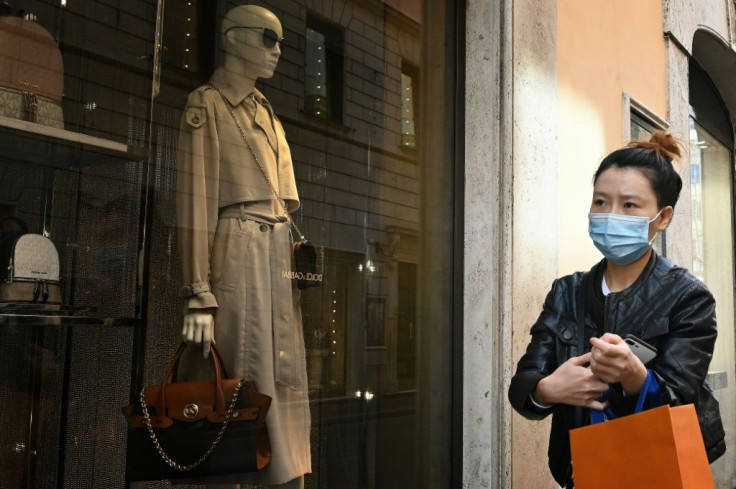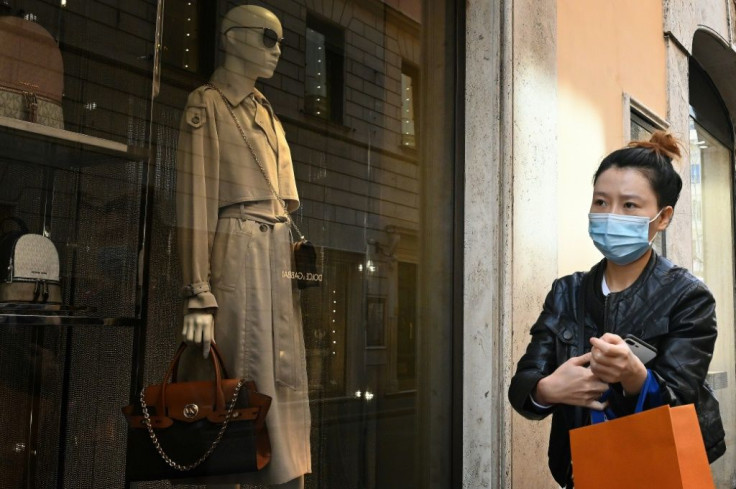Pope Goes Livestream To Fight Viral Epidemic
Pope Francis decided to deliver Sunday's prayer by livestream and Italy called in retired doctors as the escalating new coronavirus epidemic emptied streets in Europe's worst affected country.
The 83-year-old pontiff broke with centuries of tradition by enlisting the help of technology to keep crowds from descending on Saint Peter's Square for the traditional Angelus Prayer.
"The prayer will be broadcast via livestream by Vatican News and on screens in Saint Peter's Square," the Vatican said in a statement.
It had originally promised to review the Argentine-born pope's schedule "to avoid the dissemination" of the COVID-19 disease.

The Vatican appears to believe that the pope's absence from his traditional spot at the window will keep the crowds on the vast square down and the threat of contagion low.
The pope himself has been out of action for more than a week with a cold.
The Vatican is in the process of unrolling unprecedented health precautions designed to keep the city state's 450 mostly elderly residents safe.
It recorded its first infection on Thursday and was awaiting the results of a test on another person who appeared at a Vatican-organised event last month.

That conference was also attended by Microsoft President Brad Smith and European Parliament President David Sassoli.
The Vatican said all those present were being notified about the test as a precaution.

The Italian government has found itself at the forefront of the global fight against an epidemic that has convulsed the markets and paralysed global supply chains since first emerging in China late last year.
Ministers decided at an all-night emergency meeting to call in retired doctors as part of an effort to bolster the strained healthcare system with 20,000 additional staff.
Italy recorded 36 more deaths on Saturday and has now seen 233 die from COVID-19 in two weeks.
The head of the Italian ruling coalition's junior partner became the latest high-profile figure to confirm they had been infected.

"I am fine," the Democratic Party's Nicola Zingaretti said on Facebook. "I will have to stay at home for the next few days."
The accelerating spread of the illness emptied Italian train stations and Rome's normally busy streets.
Many of the city's outdoor restaurants and cafes were either closed at night or had free tables overseen by forlorn staff with little to do but chat.
The street that runs from Rome's Colosseum along the Forum was deserted and the magnificent ruins stood in their natural splendour -- without swarms of tourists -- on a sunny Saturday afternoon.
"The situation here in Rome really is catastrophic," city guide Francesca Sposito told AFP outside the Colosseum.
"I think the newspapers have really exaggerated things and scared people away."
The sharp drop in visitor numbers is wreaking havoc with the Italian tourism industry and contributing to fears that the anaemic economy is about to tip back into recession.
But the government's most immediate concern is that northern virus-hit regions might start to run out of hospital beds.
Milan's Lombardy region "is facing a tense situation," civil protection service chief Berrelli told reporters.
"We expect to be asked to start transferring intensive care patients from there to other regions."
The government said its medical recruitment drive should increase the number of intensive care beds from 5,000 to 7,500 in the coming days.
The number of Italians receiving intensive treatment for COVID-19 reached 567 on Saturday.
Italy's relatively high mortality rate of 3.96 percent might be explained by its relatively older population.
Most Italian victims have been in their 80s and 90s. The rate in South Korea -- a northeast Asian country with more cases but fewer fatalities -- is 0.68 percent.
© Copyright AFP 2024. All rights reserved.







